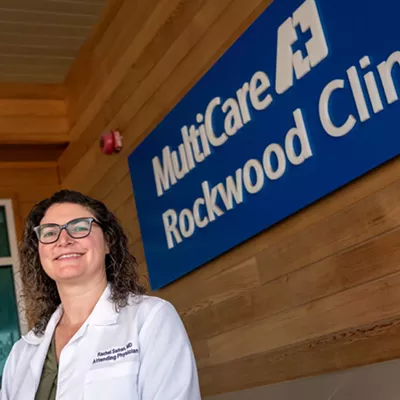"One kid in particular -- he's got ADHD and has a terrible time focusing -- he said to me, 'No, Ms. McCoy, you don't want to move that piece,' and then he explained why," McCoy recalls.
As her weekly, hour-long lessons continued, McCoy counted even more victories. The kids were learning how to be civil to each other, how to lose gracefully, how to understand the consequences of decisions. One autistic student, unable to talk to his classmates, began to engage them through the game. "I'm finding that it's well worth the time," McCoy says.
She's not the only one. McCoy's classroom was one of 106 across Idaho that began teaching chess this year as part of a pilot program. Next year, education officials plan to open the program to second- and third-grade teachers across the whole state, making Idaho the first in the nation to offer statewide chess instruction. Using state and private funds, Idaho will cover the initial startup costs, $600 per classroom, and participation will continue to be voluntary.
"This is very innovative. We've always been looking for innovative ways to increase student achievement ... [and] this is one avenue for accomplishing that," says Tom Luna, the state's superintendent of education.
The curriculum being used in Idaho is called First Move, which was developed by America's Foundation for Chess, a nonprofit organization based in Kirkland, Wash. Wendi Fischer, vice president of the foundation, says First Move is now being taught in 18 states, including some districts in Western Washington, although none on the east side of the state.
"All the chess research says there is a positive correlation between chess and academic achievement," Fischer says. First Move is working with the University of Oregon to conduct a large-scale study of the program and its benefits -- with the hope that it will generate even more interest in chess as a teaching tool.
But why teach it to such young students? "Developmentally, it's a very good age for second- and third-graders. ... They still like to be smart. When kids start getting a little older, chess becomes a little more geeky and not as cool."
In McCoy's thinking, the chess program isn't an educational fad, but more of a return to basics, teaching kids how to think and relate to each other. "With videogames, students are mostly reacting. But in chess, it's going back to thoughtful moves," she says. "I think there are a lot of lessons embedded in chess that are really life skills that we have lost."














